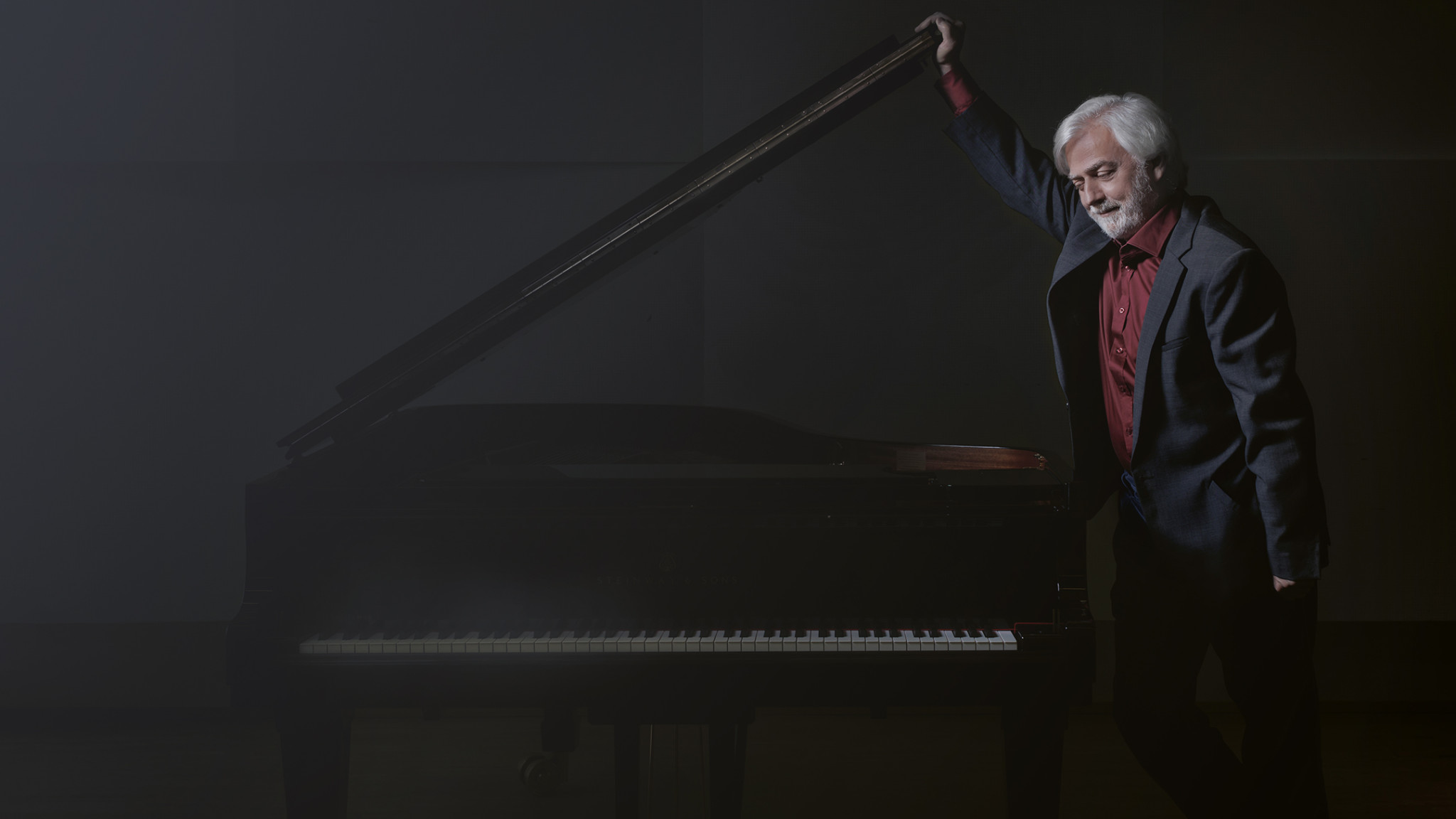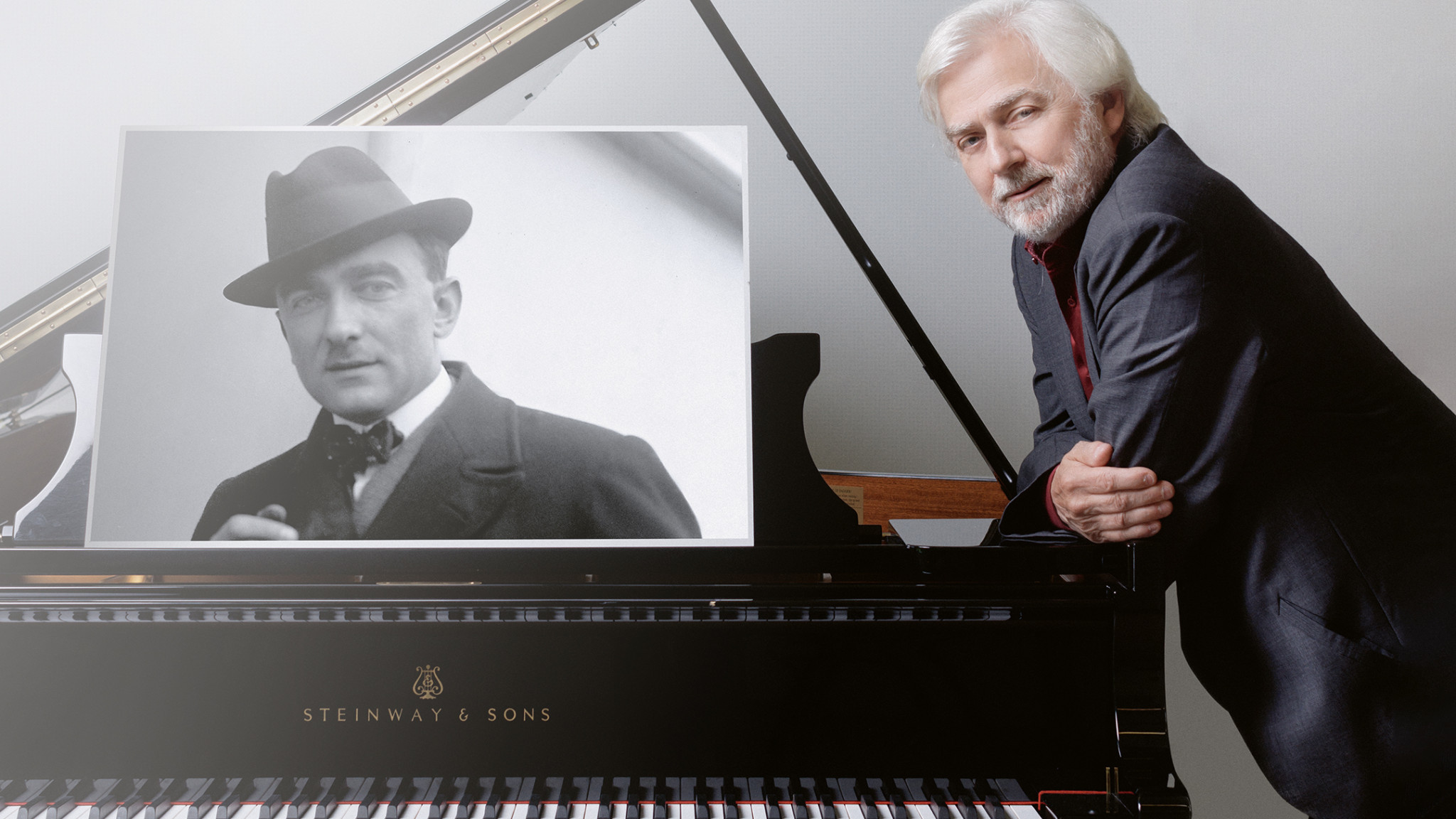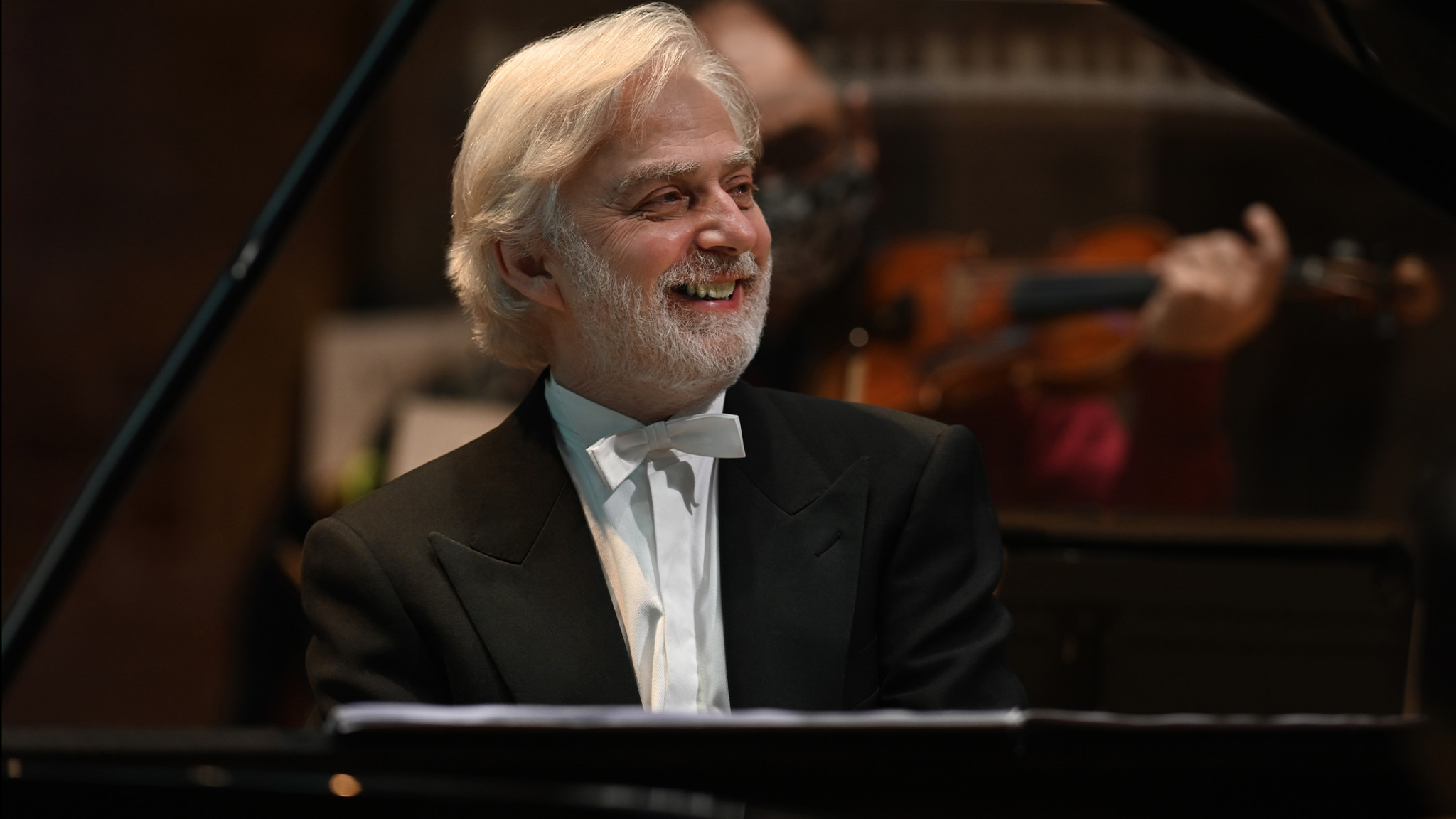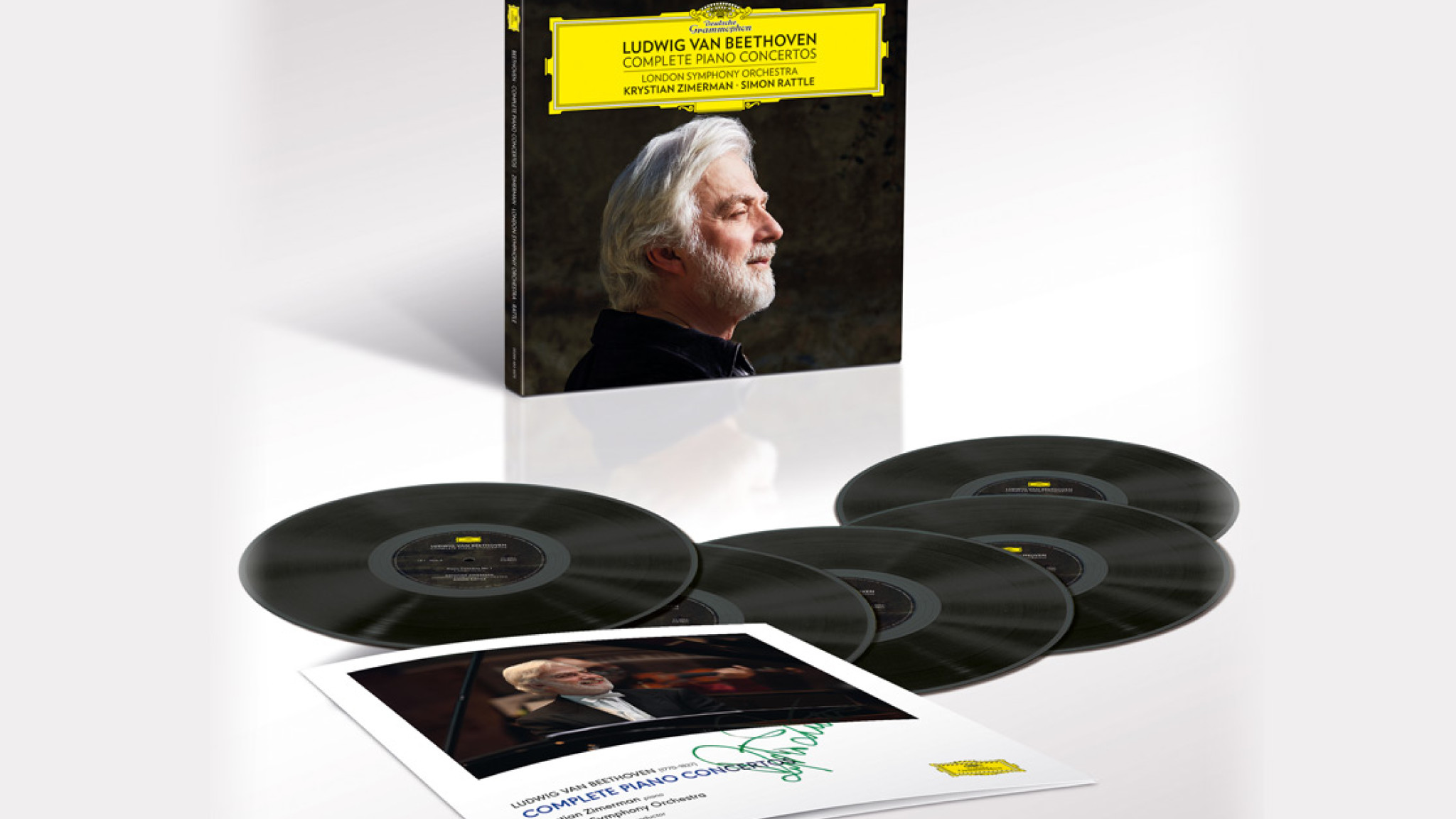Krystian Zimerman Returns to his Long-Held Love of Chamber Music for his Latest DG Album

Zimerman is joined by Maria Nowak, Katarzyna Budnik and Yuya Okamoto
to shine new light on two chamber-music masterpieces
The Brahms album will be released on 4 April 2025
Listen to the Andante from Piano Quartet No. 3 in C minor here
“… a performance of these two works that commands admiration, melding authority and subtlety in a typically Brahmsian blend of passionate outbursts and melancholy lyricism”
ResMusica, reviewing the players’ recital at the Fondation Louis Vuitton in April 2023
Pianist Krystian Zimerman’s latest album reflects a love of chamber music that dates back to his childhood. With colleagues Maria Nowak (violin), Katarzyna Budnik (viola) and Yuya Okamoto (cello) he has chosen to record two of Brahms’s three piano quartets: No. 2 in A major and No. 3 in C minor. Zimerman convinced his friends that they should not focus on No. 1 in G minor, the best-known of the three, for precisely that reason, challenging them to “play No. 2 and No. 3 and make them the most famous!” Their album will be released by Deutsche Grammophon on 4 April 2025, digitally, on CD and on vinyl (2 LPs). The third-movement Andante from Quartet No. 3 will be available from 10 January, followed by the Scherzo from the same work on 7 March.
It was Zimerman’s father, a keen amateur pianist, who instilled a love of chamber music in his young son. He would invite friends to the family home in southern Poland to play everything from Strauss waltzes to transcriptions of Mahler symphonies. Krystian began by listening and page-turning, but was soon joining in on the piano. “It was a fantastic experience to feel this passion for making music together and to be part of it,” he recalls. The instant fame resulting from his victory at the 1975 Chopin Competition briefly took him away from chamber music, but he found a way to incorporate it into his life again, and over the last five decades has collaborated with violinists Kyung-Wha Chung, Kaja Danczowska and Gidon Kremer, among many others.
The four musicians performing here have been quartet colleagues since 2019. Zimerman met Maria Nowak and Katarzyna Budnik through their orchestral activities in Poland, while he first heard cellist Yuya Okamoto playing in a competition. The chemistry and power of communication between the four players proved to be ideal – “it worked right away,” says Zimerman, “from the first minute we got together”. As for the choice of repertoire for this album, they tried “all kinds of experiments” before deciding on Brahms’s Second and Third Quartets. “I wanted something challenging,” notes the pianist, “and I particularly love the Third Quartet.”
Brahms’s Piano Quartet No. 2 in A major, Op. 26 is a work on a vast scale. Cast in four movements, it was composed in 1862 and premiered by Brahms and members of the Hellmesberger Quartet. Zimerman and friends bring out its contrasting moods with the utmost clarity, from the sombreness of the second-movement Poco adagio to the dancelike Hungarian rhythms of the finale.
The Third Piano Quartet in C minor, Op. 60 took Brahms almost 20 years to complete. Its original inspiration was his unrequited love for Clara Schumann – the composer hinted several times that the work was a portrayal of Goethe’s tragic hero Werther, who kills himself over his own impossible love for a married woman. Having begun the work in the mid−1850s, Brahms reworked it in 1873–74, creating a new slow movement and finale. The former, an Andante in E major, is centred around a poetic cello theme. This was performed at the 1875 premiere by the famous virtuoso David Popper, with the other members of the quartet again including the composer himself at the piano.
In early 2025 Krystian Zimerman will be reunited with the London Symphony Orchestra and Sir Simon Rattle, with whom he recorded a hugely acclaimed Beethoven concerto cycle in December 2020. They will perform Beethoven’s Fourth Piano Concerto at the Philharmonie de Paris on 14 January and at the Luxembourg Philharmonie on 16 January. Later in the year Zimerman gives solo recitals at the Zürich Tonhalle (15 June), Lucerne Konzertsaal (20 June) and Concertgebouw Amsterdam (22 June).





